
In the competitive world of blockchain and crypto projects, securing investor attention is only half the battle. The other half involves cultivating mindshare—the mental space a project occupies in the minds of potential investors, users, and ecosystem participants. Kaito, a leading platform for token launches and community engagement, offers unique mechanisms to amplify mindshare, particularly through leaderboards, contests, and rewards. These gamified tools are not just marketing gimmicks; they are strategic levers that create sustained engagement, foster loyalty, and drive long-term project success.
In this article, we will explore how these elements individually and collectively contribute to increasing mindshare in Kaito, offering actionable insights for blockchain startups, crypto marketers, and community managers.
Understanding Mindshare in the Context of Kaito
Before diving into gamification strategies, it is essential to define mindshare in a crypto context. Mindshare represents the degree to which your project is recognized, remembered, and mentally prioritized by your target audience. For blockchain startups, high mindshare translates into:
Early adoption: Users remember your token during critical launch phases.
Community trust: Loyal participants become advocates and evangelists.
Investor attention: Investors are more likely to engage when your project consistently appears top-of-mind.
Kaito’s platform provides a dynamic ecosystem where these objectives can be achieved. Features like social engagement tracking, pre-IDO whitelists, and in-platform analytics enable startups to monitor attention and strategize interventions that boost mindshare. However, sustaining mental visibility requires more than static content—it demands interaction, competition, and rewards. This is where Kaito Leaderboard Marketing , contests, and rewards come into play.
The Power of Leaderboards in Driving Engagement
Leaderboards are a gamified display of top performers within a community, whether measured by participation, referrals, staking, or social contributions. In Kaito, leaderboards serve multiple purposes:
1. Encouraging Continuous Participation
By showcasing users who actively engage with a project, leaderboards create a visible incentive for others to match or surpass top performers. For instance:
Community members may compete in social sharing campaigns to earn points.
Early investors might gain ranking based on engagement with pre-IDO campaigns.
Token holders could ascend leaderboards by staking or referring others.
The competitive aspect motivates repeated participation, which is critical for maintaining visibility and reinforcing brand recognition.
2. Establishing Social Proof
Top-ranking members act as informal ambassadors. Their achievements signal activity, credibility, and community vibrancy. This visibility attracts new participants, creating a positive feedback loop: the more active users see others rewarded, the more likely they are to join and stay engaged. Social proof, therefore, strengthens mindshare by making the project appear relevant and trustworthy.
3. Data-Driven Insights
Leaderboards also offer analytics for project teams. By observing who ranks highly and which actions are most rewarded, marketers can fine-tune campaigns, identify super-engaged users, and personalize incentives. In Kaito, this translates to smarter resource allocation and strategic engagement, which in turn magnifies the project’s presence in the minds of participants.
Contests: Sparking Excitement and Emotional Investment
While leaderboards provide a continuous metric of engagement, contests introduce time-bound excitement. Contests in Kaito can range from social challenges to trading competitions or creative campaigns. Their strategic benefits include:
1. Creating Urgency and Focus
Contests introduce a deadline, compelling users to act immediately. This urgency channels attention toward the project, increasing short-term mindshare and generating bursts of activity that can be leveraged for broader marketing initiatives.
2. Fostering Emotional Investment
Unlike passive content consumption, contests encourage users to actively contribute. Whether crafting memes, designing NFTs, or writing content, participants invest cognitive effort and creativity. This psychological investment strengthens mental association with the project, meaning users are more likely to remember and advocate for it.
3. Expanding Reach and Virality
Well-structured contests incentivize sharing and collaboration. Participants often share entries on social media or within crypto communities, naturally extending the project’s reach. For Kaito, contests act as amplifiers of visibility, driving both quantitative and qualitative growth in mindshare.
4. Rewarding Valuable Behavior
Contests allow projects to steer user behavior strategically. For example, contests can reward actions like staking, referrals, or content creation that directly support project goals. By tying rewards to desired behaviors, startups can maximize engagement efficiency while simultaneously building mindshare.
Rewards: Reinforcing Positive Engagement and Loyalty
Rewards are the third pillar in the gamification strategy. While leaderboards and contests create motivation and excitement, rewards provide tangible reinforcement for engagement. In Kaito, rewards can take many forms:
1. Token-Based Incentives
Rewarding participants with native tokens aligns their financial interests with project success. Token rewards can be scaled based on leaderboard positions or contest achievements, encouraging repeated engagement and investment. The psychological effect of earning tokens fosters a sense of ownership, strengthening mindshare and loyalty.
2. Exclusive Access and Privileges
Beyond financial rewards, Kaito projects can offer early access to features, whitelist spots, or special NFT drops. These exclusive perks elevate the perceived value of participation, making community members feel like insiders. Emotional attachment to exclusive rewards creates lasting brand recall, reinforcing mindshare over the long term.
3. Recognition and Social Prestige
Recognition is a powerful reward. Featuring winners in newsletters, social posts, or live events enhances social capital within the community. Prestige and acknowledgment motivate participants to remain active, further amplifying project visibility and mindshare.
4. Layered Reward Structures
The most effective strategies combine multiple reward types. For instance, a trading contest in Kaito could reward top traders with tokens, exclusive NFTs, and leaderboard recognition. This multi-dimensional reward approach caters to diverse participant motivations, ensuring higher engagement rates and sustained mindshare.
Synergy: How Leaderboards, Contests, and Rewards Work Together
While each element has intrinsic value, their synergistic effect is what truly amplifies mindshare in Kaito. Here’s how the integration works:
1. Reinforcing Participation Loops
Leaderboards create continuous engagement metrics, contests provide bursts of activity and excitement, and rewards validate efforts. Together, they form a self-reinforcing cycle: users engage to compete on leaderboards, participate in contests for rewards, and remain motivated by recognition and perks, which further fuels leaderboard performance.
2. Driving Network Effects
As more users participate, the community expands. Contests encourage sharing, rewards validate participation, and leaderboards showcase activity. This network effect increases project visibility and recall across multiple communities, significantly enhancing mindshare.
3. Aligning Behavioral Incentives with Strategic Goals
By carefully designing contests, rewards, and leaderboard metrics, projects can direct user behavior toward high-impact activities. For example:
Encouraging pre-IDO staking through leaderboard rankings.
Rewarding referrals during contest campaigns.
Offering NFT drops tied to specific engagement thresholds.
This alignment ensures that increased mindshare translates into tangible project outcomes, not just vanity metrics.
4. Sustaining Long-Term Engagement
The combination of competition, recognition, and rewards ensures that community members stay active beyond initial launch phases. Sustained engagement keeps the project top-of-mind, fostering long-term investor loyalty and increasing the likelihood of recurring participation in future campaigns.
Psychological Principles Behind Gamification in Kaito
To maximize the effectiveness of leaderboards, contests, and rewards, it is essential to understand the psychological drivers that motivate engagement:
Loss Aversion: Leaderboards exploit the fear of losing a top position, encouraging continuous participation.
Reciprocity: Rewards create a sense of obligation; users are more likely to engage further after receiving recognition or perks.
Social Identity Theory: Contests and leaderboard recognition strengthen group belonging, making participants proud to be part of the community.
Goal Gradient Effect: Participants increase effort as they get closer to winning rewards, a principle that contests and tiered leaderboards leverage effectively.
Applying these psychological levers in Kaito ensures that gamification strategies are not only fun but deeply motivating, embedding the project in the minds of users.
Case Study: Hypothetical Kaito Token Launch
To illustrate these strategies in action, consider a hypothetical scenario:
Project Alpha, a new AI-powered DeFi token, uses Kaito to launch its pre-IDO campaign. They implement:
Leaderboards tracking staking amounts and social engagement.
Weekly contests for referral campaigns, meme creation, and content sharing.
Rewards including token airdrops, exclusive NFT avatars, and whitelist spots.
Over three months:
Leaderboards foster competition among early adopters, creating continuous engagement.
Contests generate viral social activity, expanding reach beyond the initial community.
Rewards incentivize high-quality contributions and loyalty.
Psychologically, users feel ownership and recognition, which drives repeated interaction. By the end of the campaign, Project Alpha achieves:
A 50% increase in community participation.
Higher retention of early investors.
Strong mindshare in crypto forums and social platforms, making subsequent IDO rounds more successful.
This example underscores the synergistic power of gamification in boosting mindshare on Kaito.
Best Practices for Maximizing Mindshare in Kaito
To fully leverage leaderboards, contests, and rewards, projects should adopt strategic best practices:
1. Define Clear Objectives
Before launching any gamified campaign, clarify whether the goal is to drive user acquisition, boost token adoption, or enhance community interaction. Clear objectives allow for targeted contest design and reward allocation.
2. Personalize Engagement
Segment users based on activity levels, interests, or staking amounts. Tailor rewards and leaderboard recognition to different tiers, ensuring that both new participants and seasoned investors feel valued.
3. Integrate Cross-Platform Campaigns
Encourage users to engage across social media, Kaito’s platform, and partner networks. Contests that incorporate multiple touchpoints increase exposure and mindshare across diverse communities.
4. Measure and Iterate
Use Kaito’s analytics tools to track leaderboard activity, contest participation, and reward redemption. Continuously iterate campaigns based on insights, optimizing for behaviors that most significantly boost mindshare.
5. Foster Transparency and Fairness
Clearly communicate rules, scoring systems, and reward criteria. Transparent processes enhance trust and credibility, reinforcing positive mental associations with the project.
Conclusion
In Kaito, mindshare is the currency of long-term success. Leaderboards, contests, and rewards are not mere gimmicks—they are strategic tools that drive engagement, loyalty, and visibility. When designed thoughtfully, these elements create self-reinforcing cycles of participation, emotional investment, and advocacy, ensuring that your project remains top-of-mind for investors and users alike.
By aligning gamified campaigns with behavioral incentives, leveraging multi-dimensional rewards, and fostering transparency, blockchain startups can harness Kaito’s platform to maximize mindshare, build vibrant communities, and accelerate token adoption. For any project looking to leave a lasting imprint in the competitive crypto landscape, the combined power of leaderboards, contests, and rewards is indispensable.

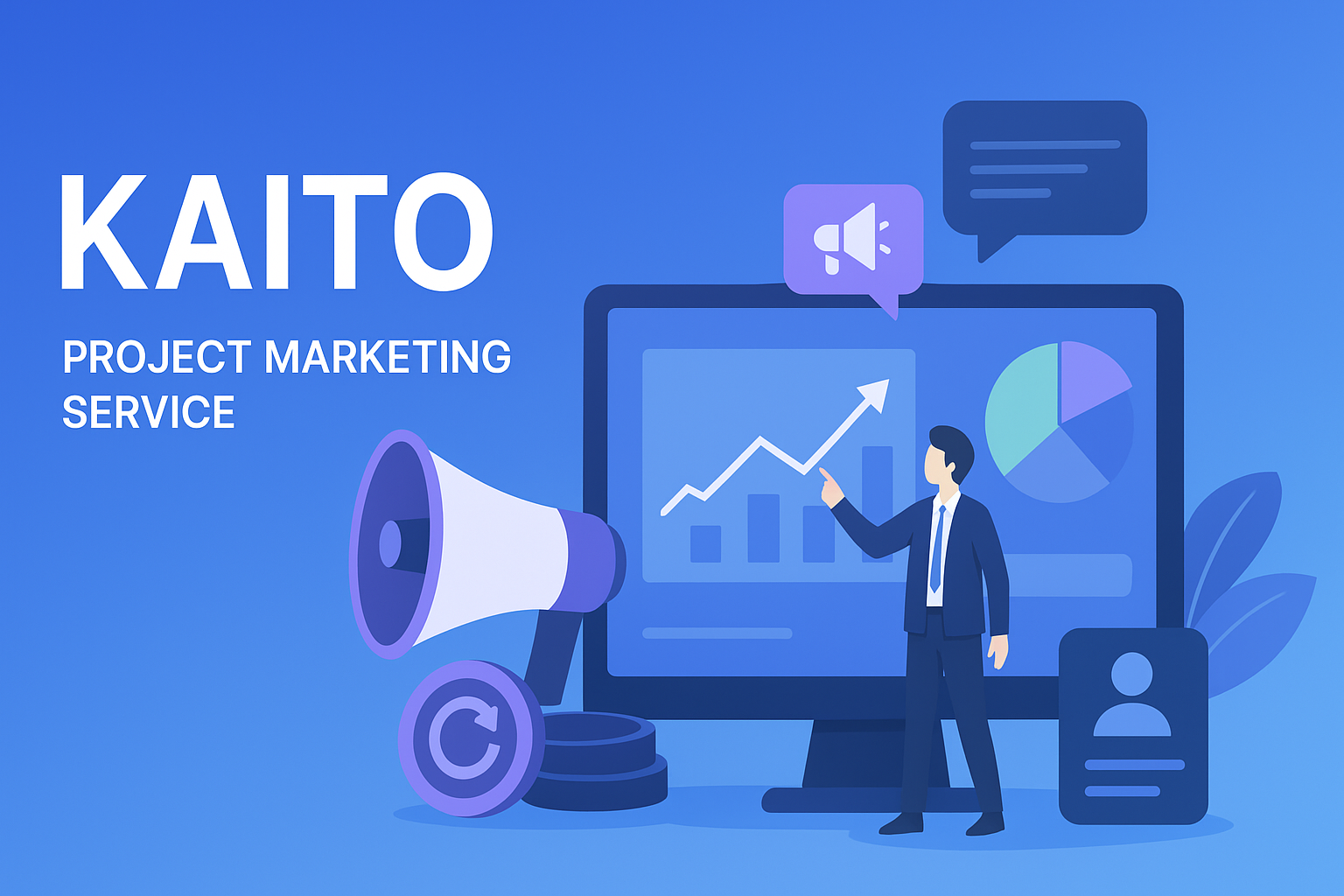


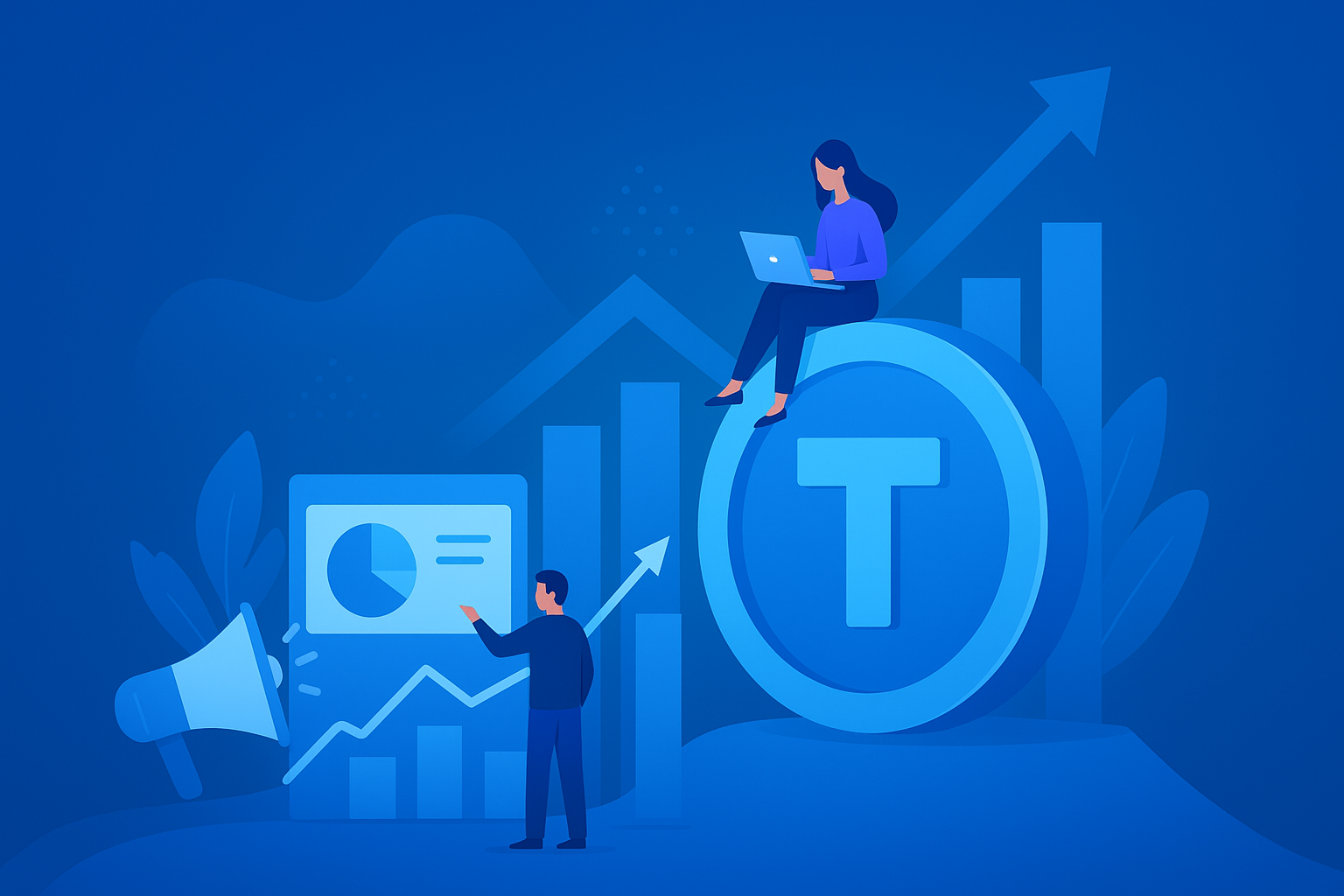
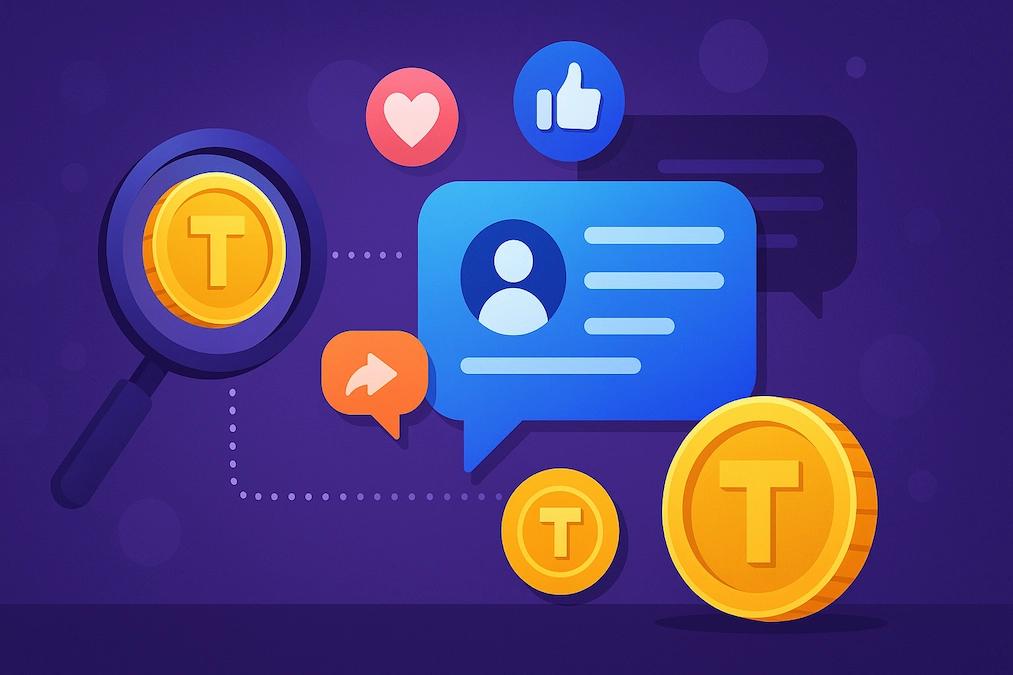



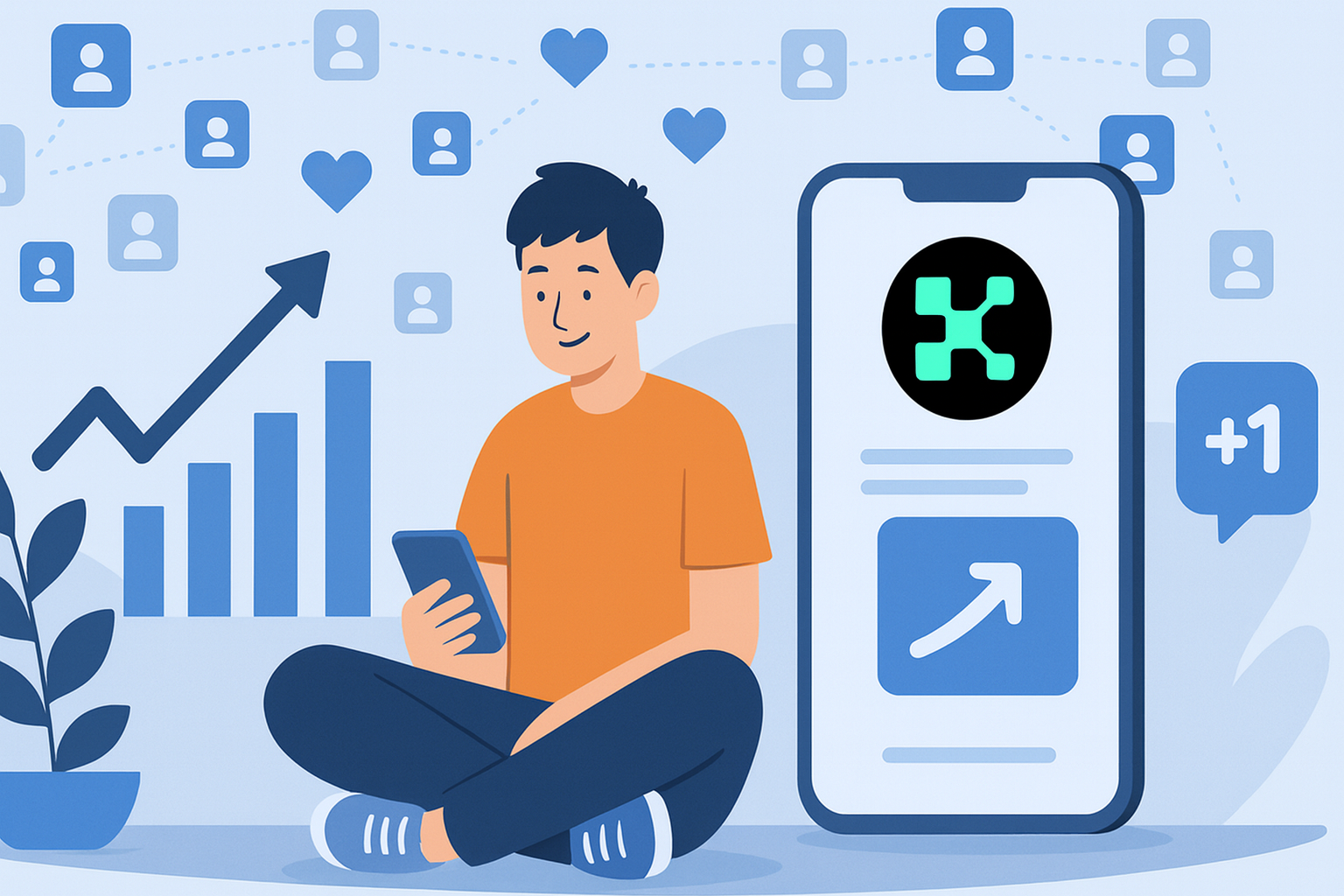


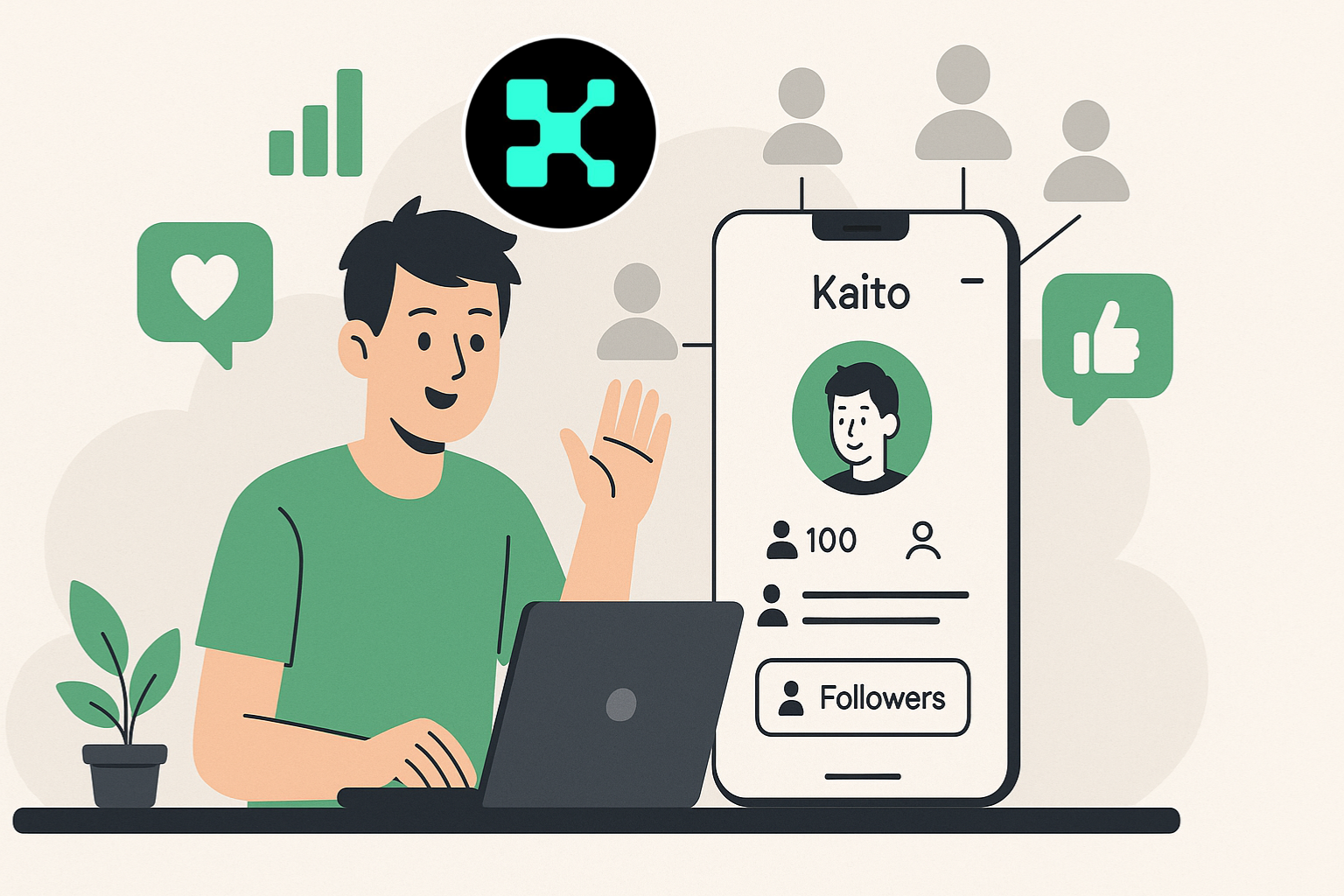







Write a comment ...